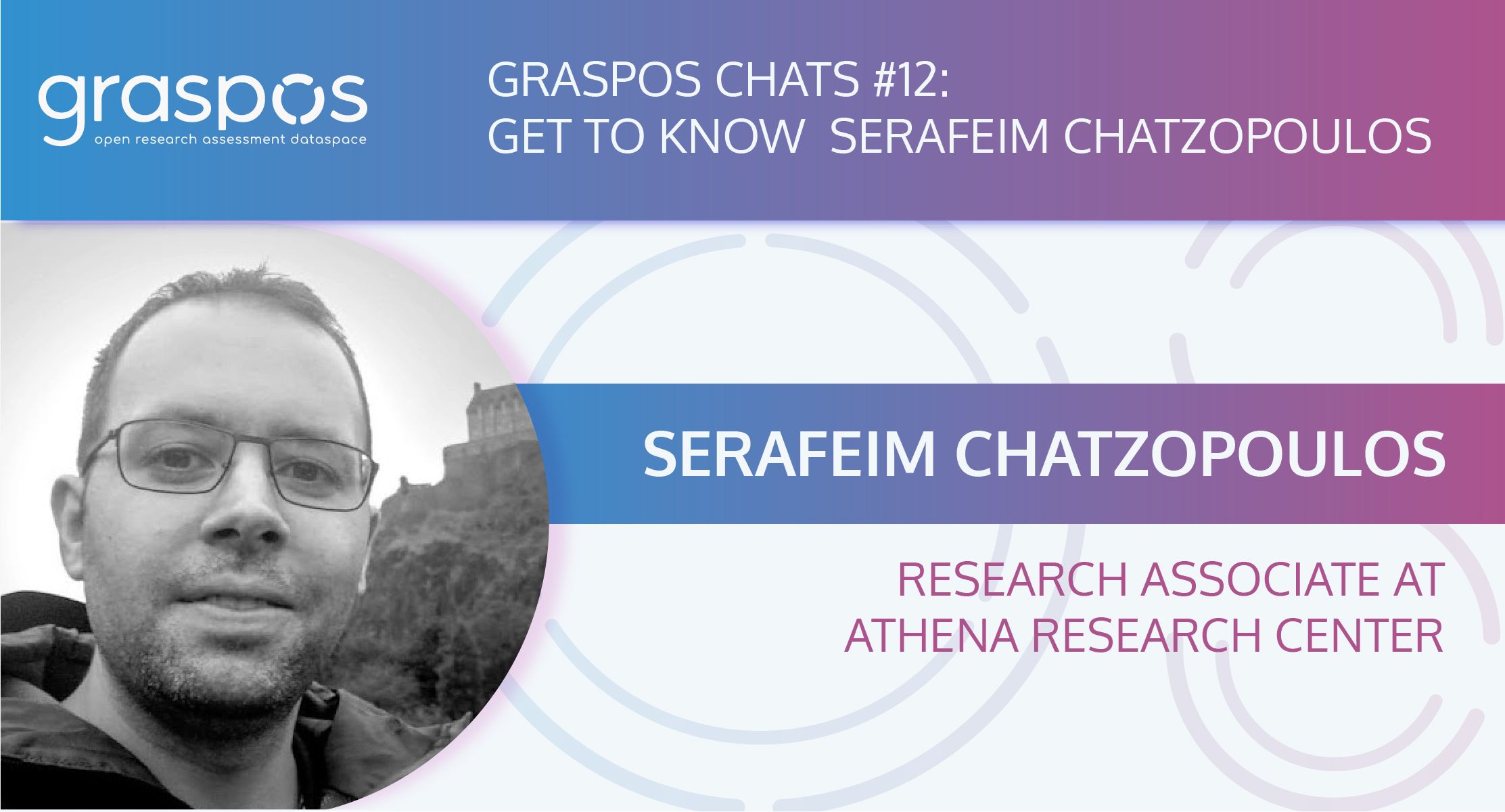Recognition and reward of open science practices in research assessment at the Copernicus Institute of Sustainable Development

THE INSIDE STORIES PROVIDE INSIGHT INTO THE GRASPOS PILOT STUDIES, PRESENTING THE AIMS AND CURRENT STATUS OF THEIR ACTIVITIES. LEARN ABOUT WHAT THE PILOTS ARE UP AND HOW THEY AIM TO BRING OPEN SCIENCE AND RESEARCH ASSESSMENT TOGETHER.
Under the spotlight in this first edition: Anestis Amanatidis, presenting the ongoing activities in the pilot focused on the Recognition and reward of open science practices in research assessment at the Copernicus Institute of Sustainable Development, Utrecht University, Netherlands.

The Copernicus Institute of Sustainable Development at Utrecht University in the Netherlands carries out research activities across diverse disciplines to understand questions surrounding sustainable futures. How is research performed? What are the underpinning values of research which contribute to such futures? These questions are all relevant to GraspOS. In particular, the pilot will research how open science is considered in current assessment practices within the department.
Why was this particular pilot selected and how does it contribute to the co-development of an Open Science-aware Responsible Research Assessment system within universities, including departments and research groups?
We already saw ideas of Open Science implicated in the last departmental evaluation period (2014-2020). Being right in-between the last and the new periodic evaluation, we hope to contribute to the further consideration of ideas surrounding openness and thereby contribute to the incentivisation of open science on the departmental level.
Why do you think this study is important for the broader Open Science context?
Utrecht University has - on a strategic level of the university - a programme in place to promote open science. Whilst strategically the Open Science Programme is central, the experience has been that translating it to research practice across the various faculties of the university has been challenging. Understanding the hurdles of this translation by staying close to the everyday practices of the researchers and staff is important and we hope to understand this issue better by the end of the project.
How will this study contribute to the main aims of the project?
By being attentive to the local affordances of open scientific research and epistemic sensitivities, we account for the social as much as for the technical in the testing of tools and services developed. As such, we don’t think of the realisation of technical assets only, but also learn from the new research practices this disables and enables.
Who are the main actors involved and why are they important within the Open Science and Responsible Research Assessment context of the pilot?
We involve a wide range of actors, as we embarked on research in multiple empirical contexts. Key actors include the Head of Copernicus Institute of Sustainable Development in her role in the evaluation of the department, research and teaching staff who gathered to discuss matters of societal impact in a working group, as well as individuals beyond the Copernicus Institute who have a mandate over external providers of research information infrastructures.
What are some of the challenges you foresee and how do you plan to address them?
We traverse different organisational realities with the questions that we ask. Each of which have their own ideas and motivations, but also see their own challenges and risks of open science. Attending to these diverging stories in messy social contexts can become challenging in the translations to and from the ‘project level’ of GraspOS.
Thank you for sharing your story Anestis!



